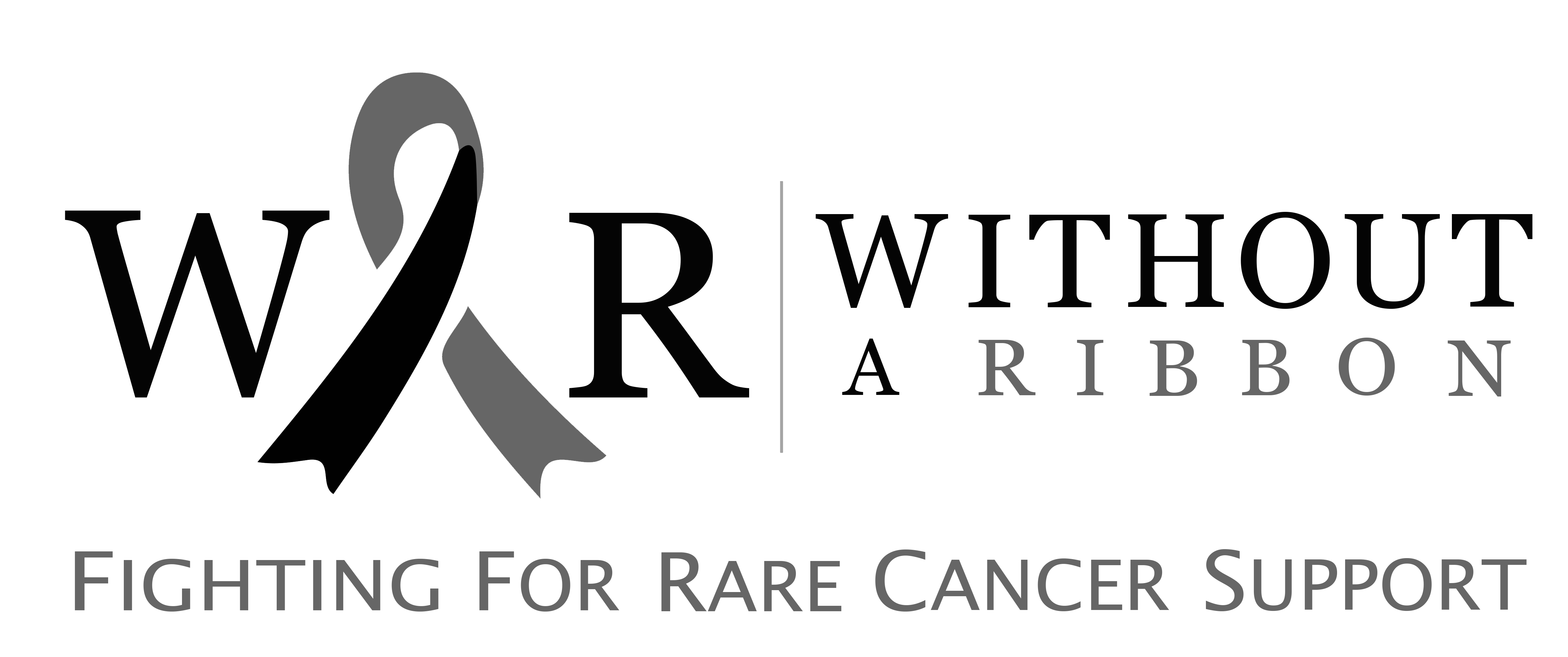What is Small Cell Carcinoma?
Small cell carcinoma is a fast-growing type of lung cancer that tends to spread rapidly to other parts of the body. It typically originates in the bronchi, the main air passages in the lungs, and is more aggressive than other types of lung cancer. Under a microscope, the cancer cells appear small and round. Small cell carcinoma often spreads to areas such as the lymph nodes and other organs.
Causes
The exact cause of small cell carcinoma is unclear, but genetic mutations and several risk factors are believed to contribute to its development. Smoking is the leading risk factor. Other factors include:
- Exposure to secondhand smoke
- Living in areas with high air pollution
- Exposure to harmful substances like asbestos or radiation
- A family history of lung cancer, which may increase the risk due to shared genetics
Signs and Symptoms
Common signs and symptoms of small cell carcinoma include:
- Chest pain or discomfort
- Persistent cough
- Shortness of breath
- Hoarseness (a strained or rough voice)
- Coughing up blood
- Loss of appetite
- Unexplained weight loss
- Swelling of the face or neck
As small cell carcinoma spreads quickly, it can cause additional symptoms such as:
- Bone pain (indicating the cancer has spread to the bones)
- Confusion
- Seizures
- Paralysis
Diagnosis
The following diagnostic techniques are used to identify small cell carcinoma:
- Imaging Tests: Ultrasound (USG), CT scan, MRI, and X-ray are used to detect the tumour’s location, size, and spread.
- CT Scan: A CT scan can assess whether the cancer has spread to the chest or abdomen.
- Biopsy: A small tissue sample is taken for laboratory testing to confirm the presence of cancer cells.
- Tumour Markers: These can help in diagnosis and monitoring treatment.
- Fine Needle Aspiration Cytology: A fine needle may be used to collect tissue samples from the suspected tumour.
Treatment
Chemotherapy is the primary treatment for small cell carcinoma due to its rapid spread. Radiation therapy is often used in combination with chemotherapy to increase the effectiveness of treatment. Surgery is generally not recommended because of the fast-growing nature of the cancer. Other treatment options include immunotherapy and targeted medication therapy, which may help improve outcomes.
You can help us with your donation:
Without a Ribbon is a charity that works hard to aid those who suffer from rare cancers. You can help our cause in a variety of ways:

